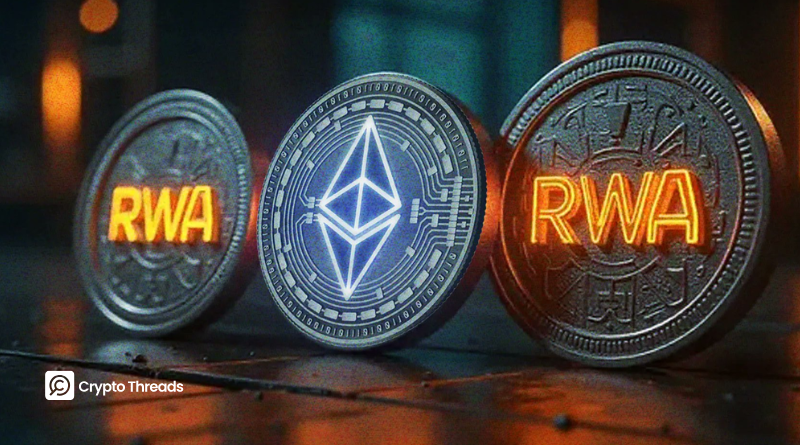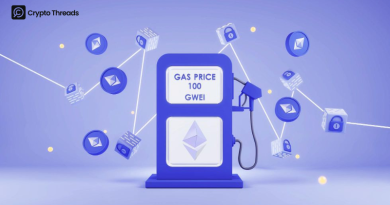New Ethereum standard aims to unify real-world asset tokenization
A coalition of Web3 firms has introduced ERC-7943, a new Ethereum token standard designed to reduce fragmentation and provide a compliance-ready foundation for real-world asset (RWA) tokenization.
- ERC-7943 introduces a minimal, modular interface for RWAs across Ethereum L2s and EVM chains.
- Standard is implementation-agnostic, ensuring no vendor lock-in.
- Backed by firms including Brickken, Bit2Me, DigiShares, Hacken, and Stobox.
- Developed to address institutional compliance requirements and developer pain points.
- Onchain RWA market has reached $28.44B, growing 6% in the past 30 days.
The newly proposed ERC-7943 is being positioned as a universal compliance layer for tokenized real-world assets. According to its author, Dario Lo Buglio, co-founder of Brickken, the standard is designed to simplify how institutions and developers bring RWAs onchain by removing the need for wrappers, bridges, and repeated custom code.
“EIP-7943 defines only what must exist — not how it’s built,” Lo Buglio explained, emphasizing that the proposal is minimal and flexible. This design allows developers to plug it into existing infrastructures without friction, while giving financial institutions the programmable compliance controls they need.
The proposal comes at a time of rapid growth in tokenized assets. Data from RWA.xyz shows the onchain RWA market has surged to nearly $28.5 billion, with strong momentum in both stablecoin issuance and new asset holders. This growth reflects a broader “perfect storm” of institutional interest, as banks, asset managers, and fintechs increasingly look to blockchain rails for asset management.
ERC-7943 follows earlier attempts at standardization:
- ERC-1400 introduced a hybrid fungible/NFT model with compliance tools but tied logic closely to storage.
- ERC-3643 focused on securities, embedding identity and KYC/AML enforcement but at the cost of flexibility.
Lo Buglio argues ERC-7943 goes further by being implementation-agnostic, allowing it to apply across different sectors and use cases. In his view, the goal is not to replace these earlier standards, but to provide a common foundation that can unify fragmented approaches.
The EIP has now entered the review stage, where compliance professionals, developers, and other standard authors are weighing in. If widely adopted, it could serve as the industry baseline for how tokenized assets are issued, traded, and managed across Ethereum and its scaling networks.
Final Thought
With institutions moving billions into RWAs and competing for market share, ERC-7943 may arrive at just the right moment. By offering a shared compliance framework that’s both minimal and flexible, it has the potential to become the go-to standard for real-world asset tokenization — one that balances the needs of traditional finance and Web3 innovation.



